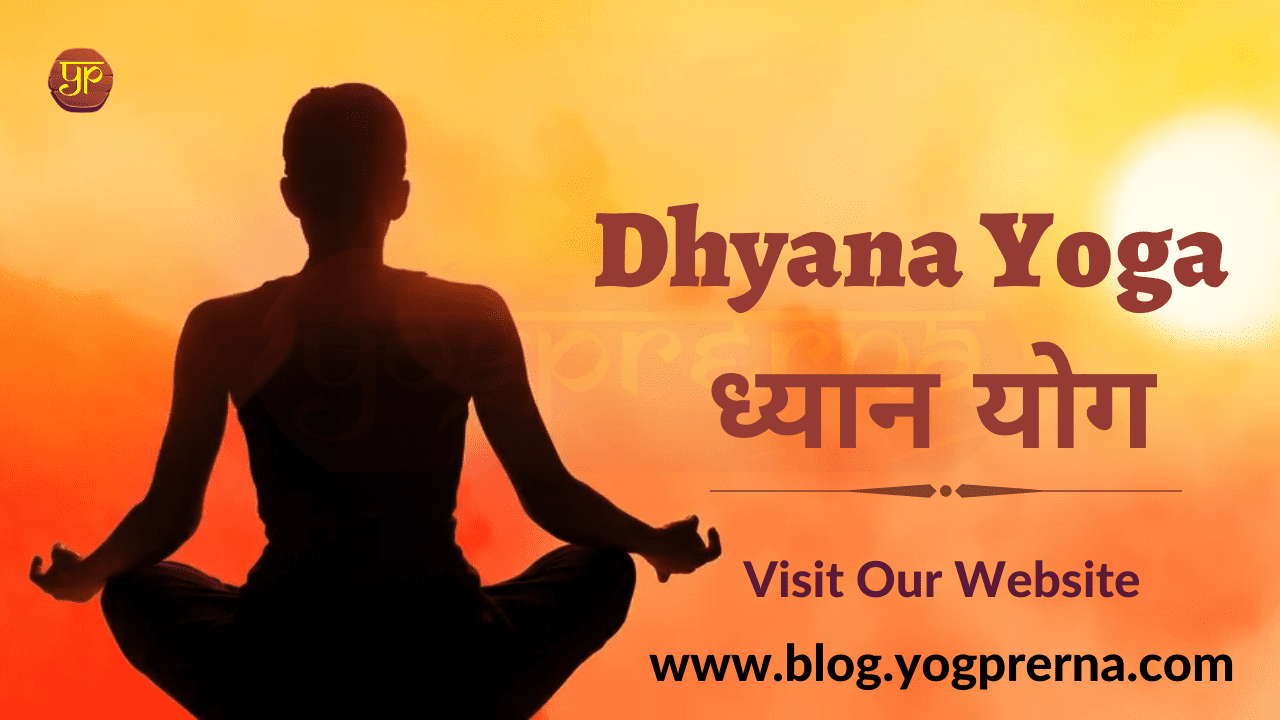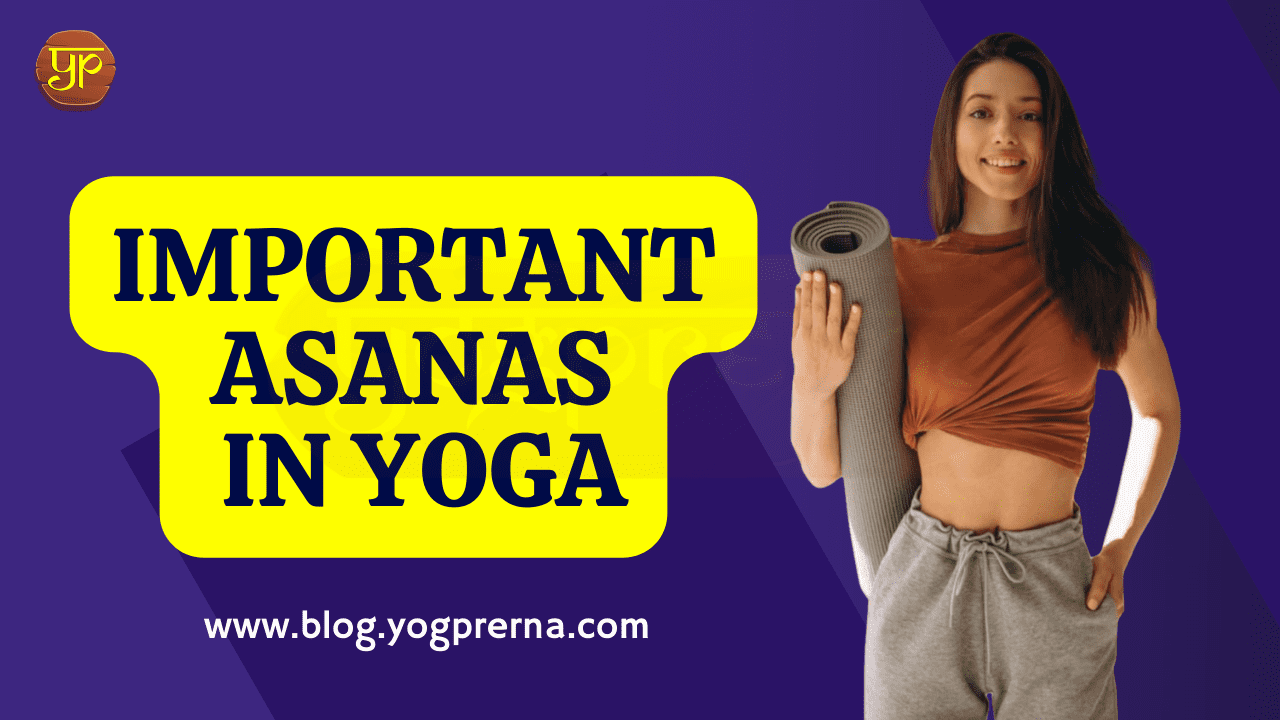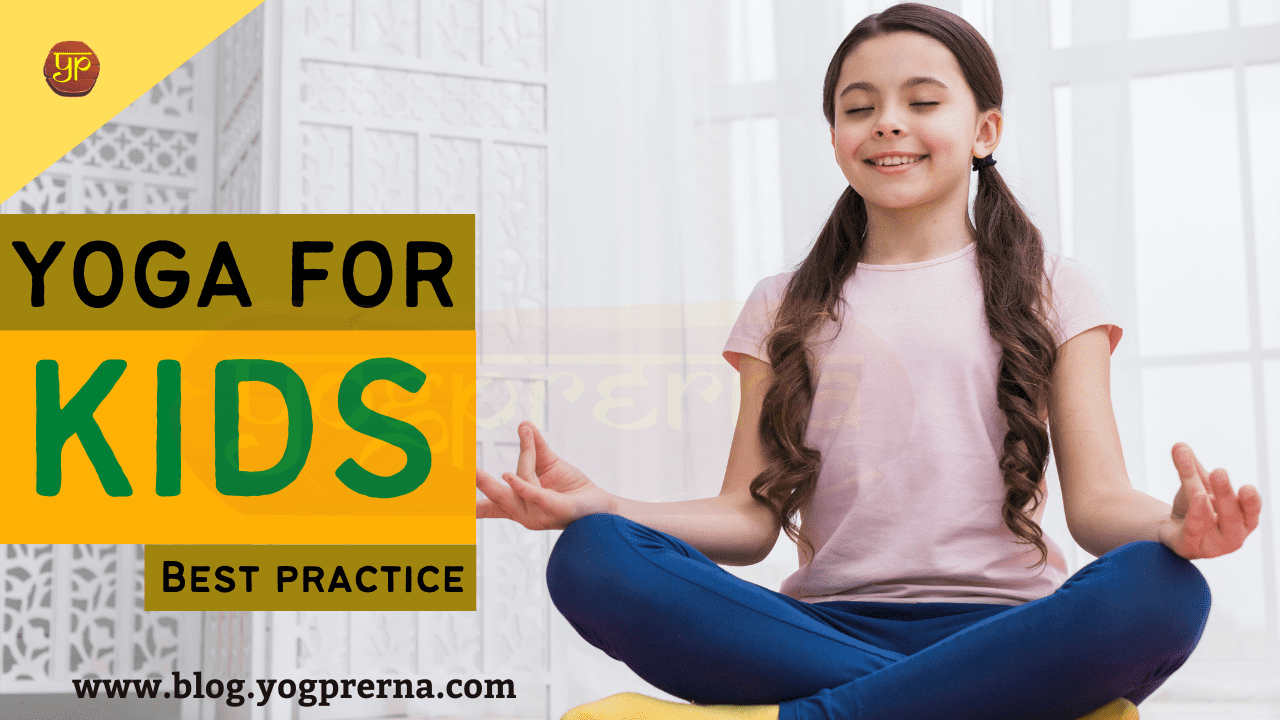What is Vinyasa Yoga and its Benefits?
Vinyasa Yoga and its Benefits: Vinyasa is a yoga method that consists of putting postures together so that you can flow from one to the next while using your breath. It is sometimes confused with “power” yoga and is commonly referred to as “flow” yoga.
Each sequence in a Vinyasa yoga class builds on the preceding one, gradually progressing to higher, more advanced postures as the practice progresses. Rebooting “vinyasas” is a collection of positions that return the yogi to their starting position: Downward Facing Dog. The whole thing ends in a deep sense of awareness, consciousness, and comfort.
Vinyasa Yoga’s diverse nature aids in the development of a more balanced body as well as the prevention of repetitive strain injuries that can occur if you do any particular act every day. Vinyasa as a concept acknowledges the transient nature of things. We take up a stance, hold it for a few moments, and then depart.
Many Vinyasa Flow programs follow the Ashtanga Primary Serie’s basic format, commencing with Suryanamskara and then offering other patterns after that. Most classes also generally monitor the Ashtanga tradition’s basic standing and ending sequences. There are no predetermined poses. Every class may be unique. Vinyasa yoga’s core syntax allows you to experiment with a variety of poses. In comparison to the Ashtanga Vinyasa series practice, you can explore positions from the Ashtanga first, second, and third series in a more improved way.
History of Vinyasa Yoga
Vinyasa Yoga is not a system with a defined history, hierarchy, or main guru. Vinyasa Yoga does not have a recognized creator. Vinyasa Yoga is a contemporary yoga technique that evolved from the Ashtanga Vinyasa Yoga lineage. The Ashtanga Vinyasa tradition is founded on Sri Krishnamacharya’s teachings.
In 1933, he began teaching yoga to numerous Indian and Western students in Mysore, and then in Madras, India. Indra Devi, BKS Iyengar, and his son, TKV Desikachar, are among his most well-known disciples, in addition to Pattabhi Jois. Different yoga systems have arisen through one source, impacted by these teachers since their successors were students of Krishnamacharya in different eras. In Mysore, Krishnamacharya taught a varied practice as well as more classic and authentic styles of Ashtanga Yoga. He modified his approach in Madras, eventually becoming Viniyoga.
The motions between each asana, according to Krishnamacharya, are just as significant as the postures altogether. His goal was to improve attention and body awareness during the entire session. Rather than concentrating on “getting into the pose” and then breathing, the goal of Vinyasa Yoga and its benefits is to maintain deep breathing and body awareness throughout the entire practice.
What are the characteristics of “Vinyasa Flow Yoga”?
- Vinyasa Yoga uses the breath to connect one pose to the next. This is frequently referred to as “Flow Yoga” since it can be viewed as linking or flowing into poses. An alignment-based class, on the other hand, is one in which learners participate with a posture, investigate it for an amount of time, and then “break the posture” by stepping out.
- In Vinyasa, transitions are what connect one posture to the next. They’re the bit that’s in the middle. Transitions are regarded as postures in and of themselves, which is something that isn’t frequently acknowledged. Allocate just as much time to gaining proficiency in the transitions as you do in the asana to move in a more fluid, linked manner.
- Vinyasa means “movement” in Sanskrit. The obvious motion is moving into and out of postures, but Vinyasa is also reflected by the beat of your heart and the inhale/exhale of your breath even when you are still.
- Breathe as you move. Vinyasa’s movement is initiated by breath, which is why it’s called a “breath-synchronized” exercise.
- The breathing method utilized is called Ujjayi breath. Inhaling and exhaling in a systematic manner through the nose is how it’s done. Overall, there is a sense of calm.
- Vinyasa exercise creates heat and it can provide a cardio element to other forms of posture exercise that aren’t usually there.
- The Vinyasa Yoga poses is a more comprehensive class that often moves through all of the asana families in one sitting. Standing postures, backbends, forward bends, and other postures are divided into families, which are sometimes known as categories or classes.
Vinyasa Yoga Benefits
While this style of yoga necessitates a lot of physical exertion, there are numerous vinyasa yoga and its benefits if practiced on a daily basis. Some of the important advantages are described below:
- Strong Core Muscles and Stability
To avoid lower back strain, it’s important to not just use the muscles in your lower torso, but also to straighten your spine. Vinyasa yoga uses a range of positions to develop and stimulate your core muscles. Using your own body weight to move through a sophisticated pattern of side bends, backbends, and twists can enhance stability, strength, and coordination.
- Stress Reduction
This practice’s flowing movements are regarded as a moving meditation as well as a terrific form of exercise. Focus, attention, and breathing techniques are required to move through a series of positions. As a result, your mind will be calmed and stress will be relieved. This method may be ideal for people who suffer from anxiety, stress, fatigue, or other stress-related issues.
- Keep Heart Healthy
Vinyasa yoga poses are classified as light-intensity endurance training, whether you’re taking a vigorous class or simply doing morning Surya Namaskar. Cardiovascular exercise should be done on a regular basis to improve and maintain heart health. Circulation in the heart and surrounding muscles and tissues can also be improved by upper back-bending poses.
- Enhance Flexibility
Yoga is an excellent approach to increasing flexibility and reducing joint stiffness. Vinyasa flow allows you to extend and develop each muscle during your yoga practice, which is especially beneficial if you live an unhealthy lifestyle. This style’s warming properties allow muscles to soften and become more sensitive to intense straining.
- Improves Sleep
Vinyasa flow yoga could help you fall asleep faster and stay asleep longer if you are suffering from insomnia. By alleviating stress in your body and eliminating anxiety in your thoughts, flowing movements and attentive breathing techniques help you sleep better. Although, since flow yoga can make your heart race, it’s not a good idea to do it immediately before sleeping.
- Increase Lung Capacity
A stronger respiratory system is one of the most essential benefits that yoga can provide. Breathing is an important part of the yoga practice since vinyasa means “breath-synchronized movement.” Deep breathing helps to fill the lungs to capacity with air while also strengthening the diaphragm. You may increase your lung health and capacity by regularly expanding your lungs, which is beneficial in lung disorders like asthma or bronchitis.
- Improve Body Language
Vinyasa flow yoga is a wonderful choice if you want to improve your physical image and self-esteem. Yoga’s meditation, self-awareness, empowerment, and community can transform your life. You can develop compassion for yourself and your body’s skills and limits as you practice and relax into your breathing.
- Enhanced Focus and Memory
Practicing yoga on a regular basis has been proven in numerous studies to aid enhance mental focus. Vinyasa yoga teaches you to pay attention to your breathing and the adjustments between asanas, which have a positive impact on your life. You can better control your emotions, stay cool and collected at work, and be more productive in life if you can harness your focus.
Conclusion
Vinyasa yoga is a form of yoga that promotes total health and well-being, allowing one to live a better spiritual lifestyle. To produce a more approachable, soothing, and balanced yoga program, certain vinyasa yoga and its benefits programs are mixed with long-held yin yoga poses. Yoga is a terrific kind of exercise that can make you feel more active and energetic, but it does come with some hazards.
You can damage yourself and cause more harm than good if you push yourself too hard or do not obtain adequate training. The most crucial component in receiving the advantages of yoga, regardless of which yoga style you learn, is to practice regularly.
Read more about: Dhyana Yoga || Patanjali Yoga Sutras
Frequently Asked Questions (FAQ)
-
What is Vinyasa Yoga and its Benefits?
Vinyasa yoga decreases blood pressure and reduces stress. As your mind grows more aware of your environment, it will also enhance your nutritional decisions. Vinyasa yoga, which is comparable to a cardio workout, allows for body equilibrium and concentrates on the breath. Your body is pushed beyond the limits of gravity.
-
Can I lose weight by doing vinyasa yoga?
Vinyasa yoga, also known as Vinyasa flow, is one type of yoga that is highly recommended for weight loss because it helps to burn a lot of calories.
-
Can yoga change your body shape?
Stretching is a major component of yoga poses, which also employ resistance to promote muscular contraction. In order to sculpt the body and provide our students a tighter and slimmer physique, stretching the muscle causes the muscle fibers to lengthen and realign.
-
Does vinyasa yoga count as a workout?
If you practice some types of yoga, such as vinyasa yoga, for a minimum of 45 minutes, 3-5 times per week, then yes, it may be considered cardio and will therefore increase your level of fitness.
-
How often should I do vinyasa yoga?
As a general guideline, a good vinyasa yoga practice is typically 3-5 times per week. You have enough time to rest as a result. Rest is essential for healing, building up strength, and maintaining good health.





